What are the precautions for maintenance Control Board For Vending Machine under extreme temperatures?
2024-10-15 09:49:01
Check the Power Supply System
The power supply system is the lifeline of any electronic device, including control boards for vending machines. Unstable voltage or power supply issues can lead to irreparable damage. Regular inspections, the use of voltage stabilizers, and surge protectors are critical preventive measures. Additionally, having backup power systems in place ensures uninterrupted operation during power outages.
It is likewise vital to consider the nature of the power supply links and connectors utilized. Top notch parts can endure vacillations in temperature and voltage, consequently diminishing the gamble of disappointment.
Cleaning and Drying
Moisture is a silent enemy to electronic systems. Before activating the refrigeration system of a vending machine, thorough cleaning and drying of the air-conditioning system are essential. This process helps to prevent short circuits and corrosion that can be caused by moisture accumulation.
Desiccants and dehumidifiers can be used to maintain a dry environment within the machine. Regular maintenance schedules should include checks for signs of moisture and prompt action to address any issues.
Check the Connection
Connections are the linchpins of electronic systems. Loose or damaged connections can lead to erratic behavior or complete failure of the control board for vending machine. Regular inspections of all connection lines and interfaces are mandatory to ensure they remain secure and undamaged.
Using corrosion-resistant materials for connectors and ensuring that all connections are made with the appropriate torque can significantly extend the life of the control board and improve the reliability of the vending machine.
Temperature Protection
The temperature protection mechanisms integrated into vending machine control boards are critical for ensuring reliable operation and longevity under diverse environmental conditions. Vending machines are ubiquitous in both indoor and outdoor settings, where they face temperature extremes that can impact the functionality of sensitive electronic components. This article explores the challenges posed by extreme temperatures, the strategies employed to mitigate them, and the technologies that safeguard vending machine control boards.
Challenges Posed by Extreme Temperatures
-
Temperature Extremes in Outdoor Environments: Vending machines installed outdoors are subjected to wide-ranging temperatures dictated by seasonal changes and geographical location. In hot climates, such as desert regions or tropical zones, temperatures can soar well above 40°C (104°F) during the day and plummet at night. Conversely, in cold climates, temperatures can drop below freezing, exposing machines to frost and ice.
- Impact on Electronic Components: Electronic components within vending machine control boards are sensitive to temperature variations. Extreme heat can accelerate component degradation, reduce operational lifespan, and lead to thermal runaway, where heat-sensitive components fail under prolonged exposure to high temperatures. On the other hand, extreme cold can cause contraction of materials, potentially leading to solder joint fractures or mechanical failures.
- Temperature Fluctuations: Rapid temperature fluctuations, common in transitional seasons or in regions with erratic weather patterns, pose additional challenges. These fluctuations can induce thermal stress on components, causing them to expand and contract, potentially compromising solder connections or creating microfractures in integrated circuits (ICs).
Strategies for Temperature Mitigation
- Advanced Thermal Management Systems: Modern control boards for vending machines incorporate sophisticated thermal management systems to regulate internal temperatures effectively. These systems typically include:
Heat Sinks and Thermal Pads: Heat sinks made from materials like aluminum or copper are attached to high-power components such as processors and voltage regulators to dissipate heat efficiently. Thermal pads with high thermal conductivity facilitate heat transfer from components to the heat sink.
Fans and Ventilation: Active cooling mechanisms such as fans ensure adequate airflow within the machine to prevent hot spots and maintain uniform temperatures across critical components.
- Temperature Sensors and Feedback Loops: Temperature sensors strategically placed within the vending machine monitor ambient and internal temperatures. These sensors provide real-time data to the control board for vending machine, enabling it to adjust cooling systems or activate thermal throttling mechanisms when temperatures exceed predefined thresholds. Feedback loops ensure proactive temperature management, enhancing reliability and preventing overheating.
- Enclosure Design and Insulation: The design of the vending machine enclosure plays a crucial role in temperature protection. Insulating materials such as foam or fiberglass help maintain stable internal temperatures by reducing the impact of external heat or cold. Enclosure design also considers ventilation patterns to facilitate natural airflow and heat dissipation without compromising insulation effectiveness.
Technological Safeguards
- Voltage Regulation and Power Efficiency: Efficient voltage regulation circuits within the control board for vending machines stabilize power supply voltages, minimizing heat generated by voltage fluctuations and ensuring consistent performance of electronic components. Switch-mode power supplies (SMPS) and low-dropout regulators (LDOs) optimize power efficiency, reducing overall heat dissipation within the machine.
- Testing and Validation: Control boards undergo rigorous testing during development to validate their performance under extreme temperature conditions. Temperature chambers simulate scenarios ranging from sub-zero cold to extreme heat, assessing the board's response to thermal stress and ensuring reliability over extended operational periods.
- Material Selection and Conformal Coatings: Selecting robust materials with wide operating temperature ranges for electronic components and printed circuit boards (PCBs) enhances thermal stability. Conformal coatings applied to PCBs protect against moisture, dust, and temperature-induced corrosion, extending the lifespan of critical components and ensuring operational integrity.
Case Studies and Industry Best Practices
- Case Study: Outdoor Vending in Desert Climates: Vending machines deployed in desert regions face intense heat and sandstorms. Manufacturers implement sealed enclosures with dust filters and UV-resistant coatings to protect internal components from environmental factors. Enhanced cooling systems, including liquid cooling solutions, manage internal temperatures effectively without compromising energy efficiency.
- Industry Best Practices: Adaptive Control Algorithms: Adaptive control algorithms embedded within control boards optimize power consumption and thermal management strategies based on real-time environmental data. These algorithms dynamically adjust fan speeds, power delivery to components, and operational modes to maintain optimal performance across varying temperature profiles.
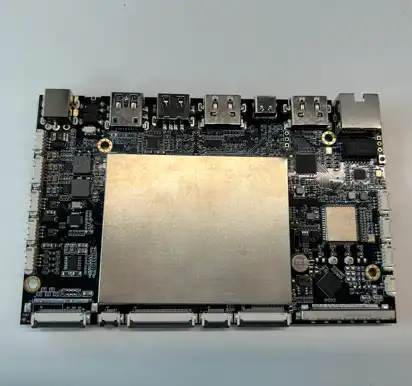
Control Board For Vending Machine Factory
Topping Motor, with over a decade of experience, offers control boards designed to operate within a wide temperature range of -20 to 70 degrees Celsius. The recommended operating temperature for optimal performance is between 5 to 35 degrees Celsius, with humidity levels maintained between 10% and 90%, ensuring no condensation occurs.
Choosing the right manufacturer for your vending machine control boards is crucial. Topping Motor's commitment to quality and reliability makes us a preferred choice for businesses looking to ensure their vending machines operate efficiently under all conditions.
Should you wish to know more about our products or initiate a partnership with us, kindly drop an email atsales@huan-tai.org.
References
For further reading and additional information, please refer to the following sources:
[1] "Vending Machine Maintenance Guide" - National Vending Association
[2] "Temperature Effects on Electronic Components" - IEEE Transactions on Components, Packaging, and Manufacturing Technology
[3] "Power Supply Stability for Industrial Equipment" - Industrial Electronics Journal
[4] "Moisture Control in Electronic Systems" - Electronic Design
Send Inquiry
Related Industry Knowledge
- How stable is Control Board For Vending Machine over different temperature and voltage ranges?
- What Maintenance Does a Coffee Grinder Motor Require?
- What Are the Key Features to Look for in a Coffee Grinder Motor?
- Is a grinder more important than an espresso machine?
- Vending Machine Control Board Repair
- How to evaluate the performance and stability of the Control Board For Vending Machine?
- How to use a Coffee Vending Machine Ingredient Canisters?
- How do you ensure the stability and durability of the vending machine board?
- Why it is important to store coffee making ingredients appropriately?
- What does a solenoid valve do in an espresso machine?

.webp)

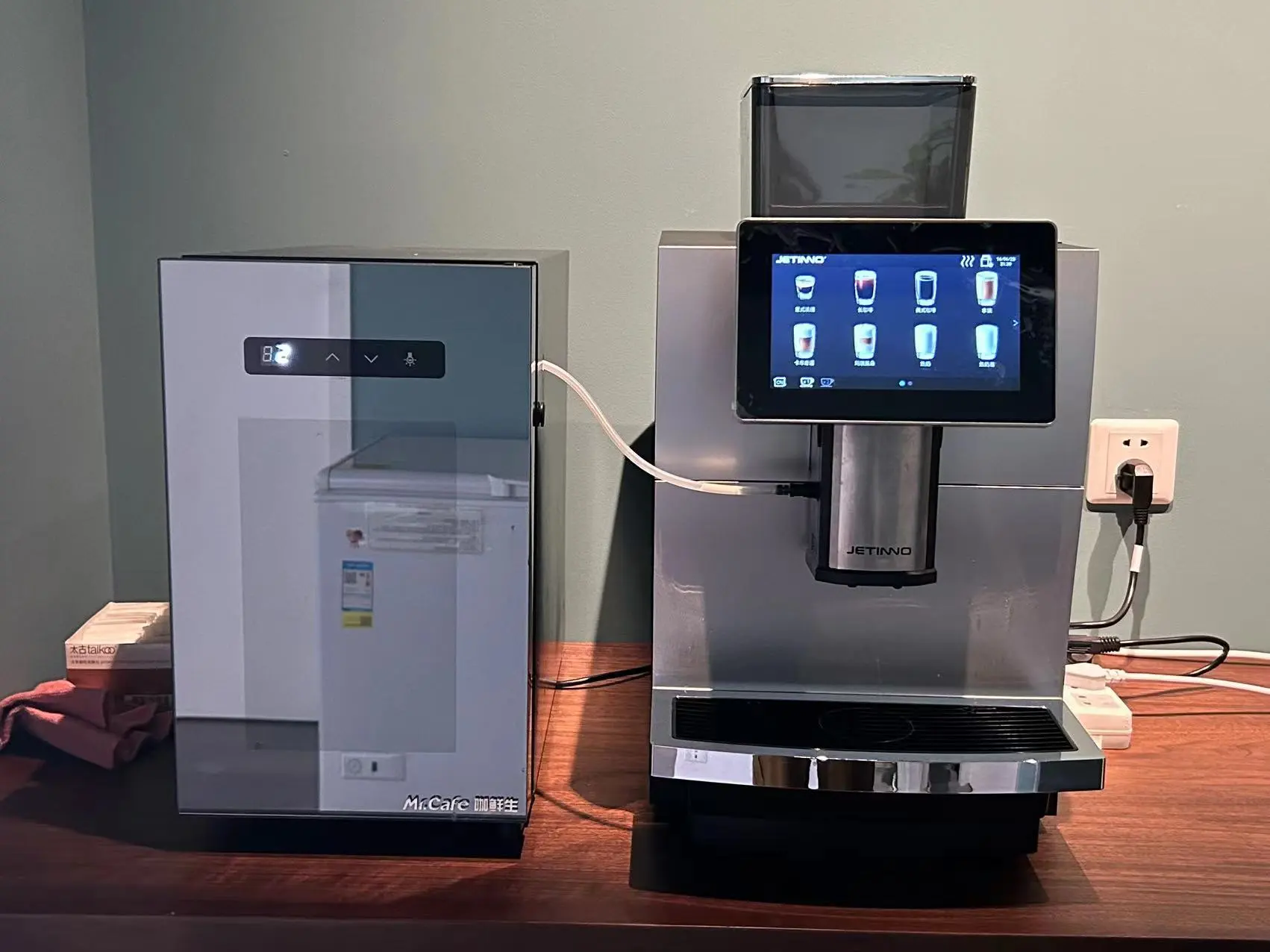
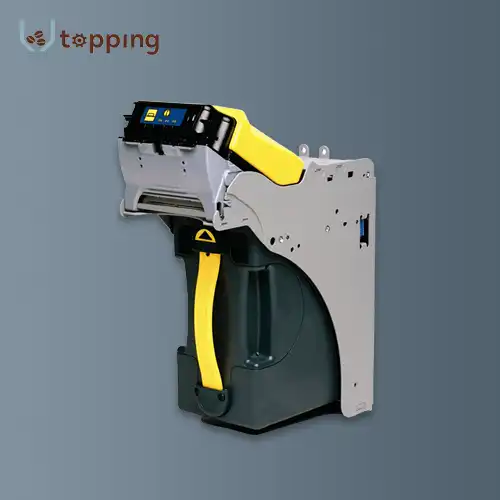
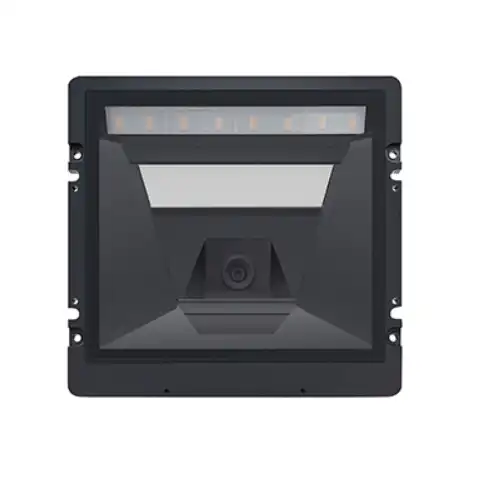
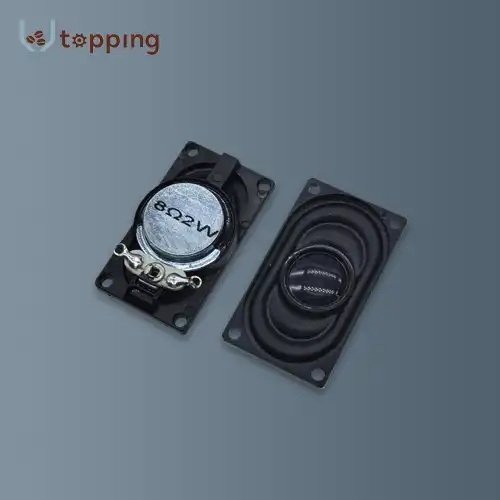
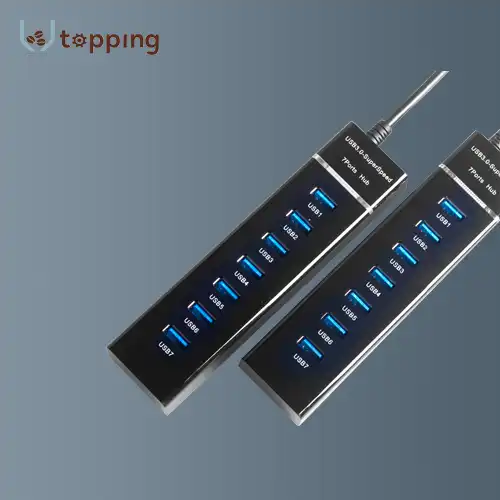
.webp)

